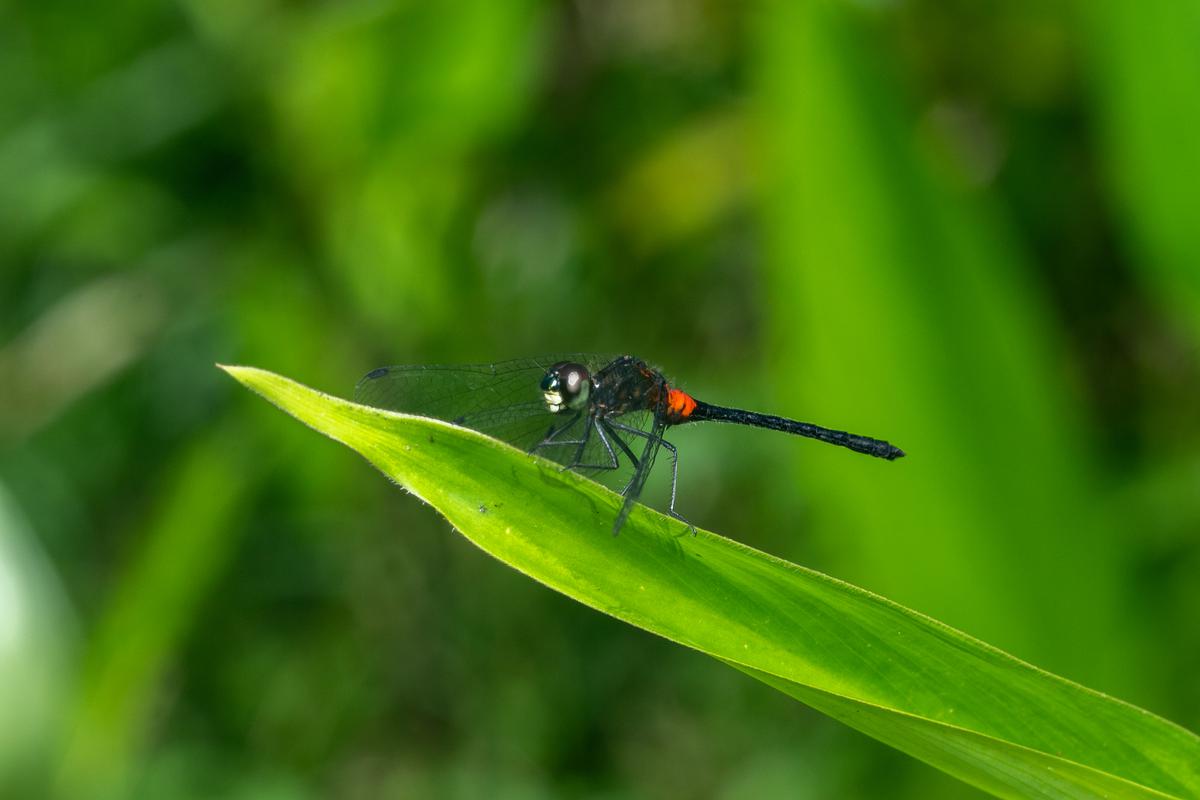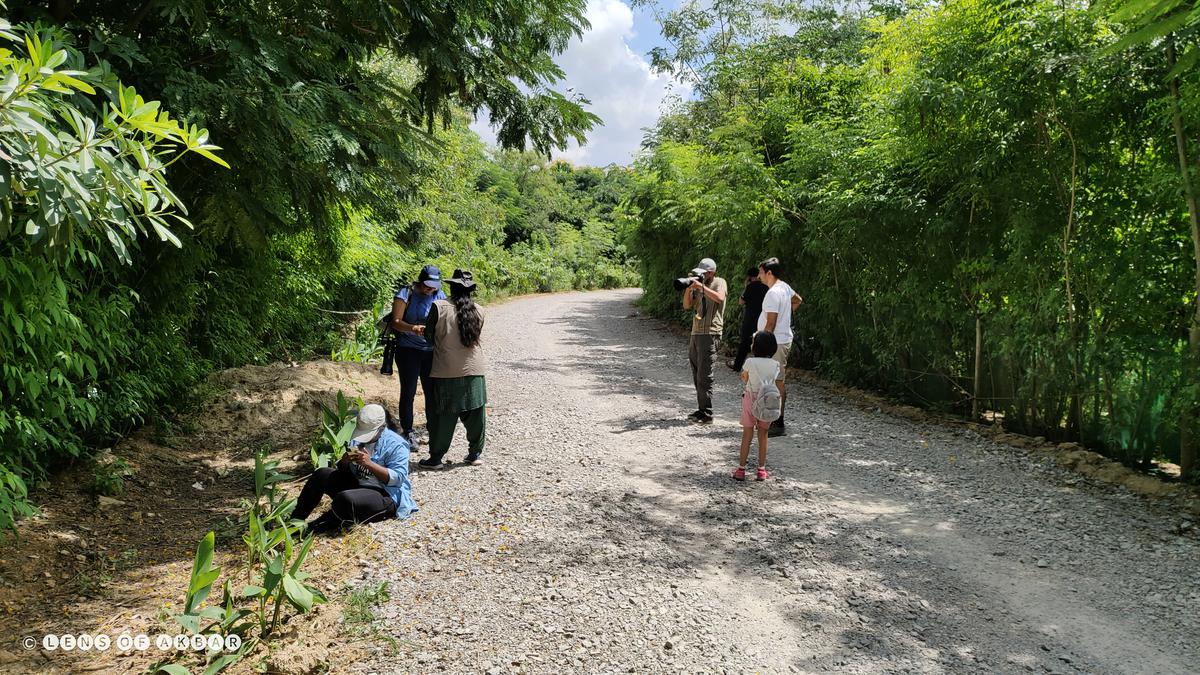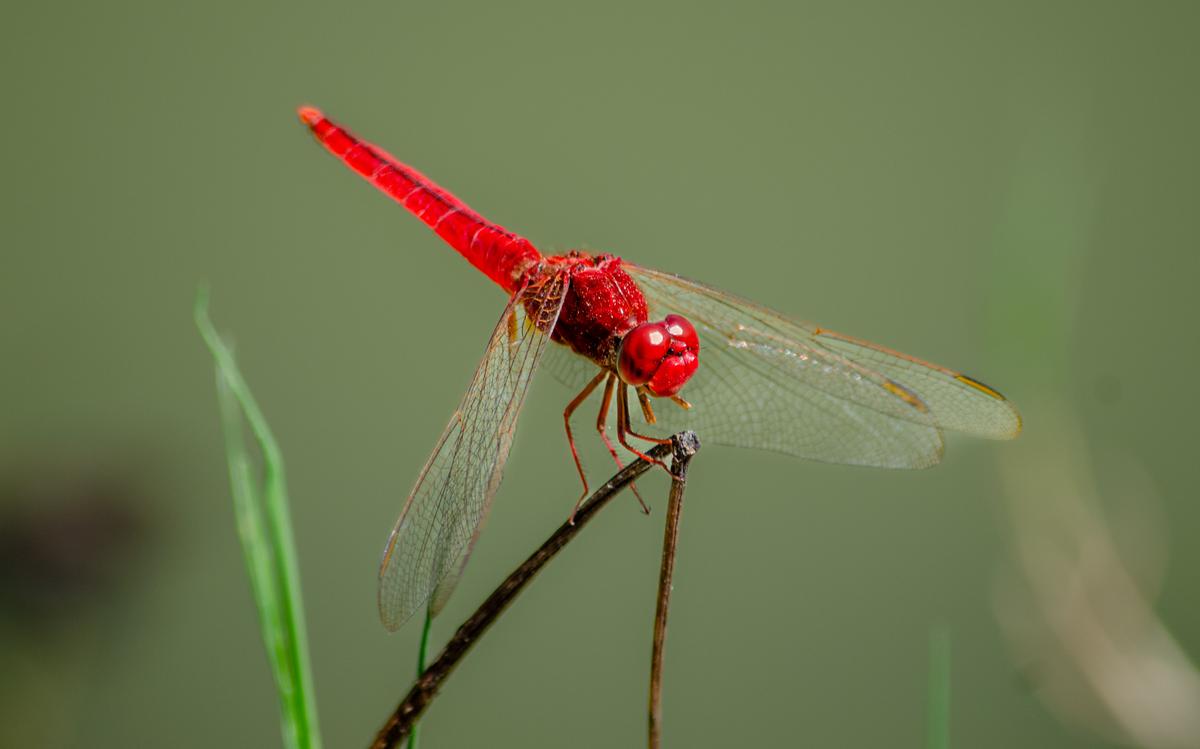The world over as the threat of depleting wetlands loom large, it has had a cascading effect on one of the most enigmatic species of the insect world – the dragonflies and damselflies. Scientific studies say that these tiny lesser-known species are under threat and plummeting in numbers. To closely examine the population trend of odonates (an order of flying insects that includes the dragonflies and damselflies), a multi-pronged, long-term approach is required for the conservation of these important indicator species.
In cities across India, a number of organisations and individuals have embarked on a journey to document the dragonflies and damselflies during the Dragonfly Festival.
Initiated by WWF-India in partnership with Bombay Natural History Society, India Biodiversity Portal, Indian Dragonfly Society and other like-minded partners, the Dragonfly Festival is a citizen science movement that has been running for the past five years.
The sixth edition of the festival is happening across 11 States such as Tamil Nadu, Kerala, Telangana, West Bengal, Madhya Pradesh and Assam. The festival will continue till December with a line-up of events planned in the weeks ahead. “The festival demystifies dragonflies and damselflies and celebrates their role in keeping our environment healthy,” says Farida Tampal, State Director, WWF India, Hyderabad office. Started in the last week of September, the Dragonfly Festival aims at involving children, youth and citizen through various on-ground and digital activities like expert talks, workshops and citizen science surveys.
“Anybody can contribute from anywhere. You can put your neighbourhood on the map by clicking and uploading observations of dragonfly and damselfly on the Dragonfly Festival 2023 Project on India Biodiversity Portal’s app or website,” adds Farida. In 2021, over 13,500 odonata observations were uploaded on the India Biodiversity Portal and the iNaturalist app during the festival. The festival also celebrated two National Bioblitz Days on October 16 and December 12. In these two days, over 700 observations of 55 species were sighted by the citizens throughout the country. A similar Bioblitz Diversity Challenge is being planned across India from October 15 to November 25.
In both adult and nymph phases, dragonflies are a top predator of the insect world. Familiar to the dragonfly is the damselfly. To help tell them apart, dragonflies are generally larger with bulkier bodies than damselflies. Both dragonflies and damselflies have two sets of wings, but damselfly wings are the same size for both the front and rear sets. When at rest, dragonflies hold their wings out like an airplane, but damselflies fold their wings closed over their back.
New record

Red rumped hawklet (Epithemis wayanadensis), a new species of dragonfly that was discovered by naturalist David Raju at Wayanad in Kerala.
| Photo Credit:
David Raju
In Wayanad, Kerala, a new species of dragonfly was recorded earlier this week – the Epithemis wayanadensis. The flamboyant insect was discovered by naturalist and photographer David Raju. “It has a restricted red colouration and is highly seasonal, occurring in colonies in shaded marshes of tropical jungle. With the available information, we believe that it is more restricted in distribution, perhaps to the Wayanad Plateau,” says David. While the species were spotted by him last year in October, the paper was published in an open-access journal (Journal of Asia-Pacific Biodiversity) last week. “Very less studies and documentation are done of the dragonflies and damselflies throughout India. There may be many more such species yet to be discovered,” says David, a part of the Society for Odonate Studies. He recently held an online session as part of the ongoing Dragonfly Festival on the basics of photographing odonata in a range of habitats. “The dragonflies and damselflies are best bio-indicators of freshwater quality. The moment the water is polluted, the population of these odonates decline,” David adds.
In Kerala, the components of the festival included wetland bio-monitoring and odonate training workshops for frontline staff of protected areas in Kerala. The wetland biomonitoring is being conducted in three wetlands in Kerala as part of the Dragonfly Festival – Vellayani Lake, Bharathapuzha River and Kole wetlands. “The bio-monitoring will be carried out by student volunteers from colleges close to the wetlands and guided by an expert from the Society for Odonate Studies,” says Anushreedhan SS, project officer of WWF India, Kerala.

Volunteers during a transect walk in Hyderabad as part of the Dragonfly Festival.
| Photo Credit:
Special Arrangement
Back in Hyderabad, a team of volunteers led by Akbar Shaikh, education officer of WWF India (Hyderabad), move about the Neknampur Lake on a Sunday morning for a transect walk (a transect walk is a tool for describing and showing the location and distribution of resources, features, landscape and main land uses along a given transect).
“The best time to spot dragonflies under intense sunlight, which is between 9am and 12 noon,” says Akbar as he directs the volunteers to observe dragonflies and damselflies in a 10 metres radius. “While documenting, we count, observe different behavioural patterns like mating, resting, flying or feeding,” he adds. Last year during the Dragonfly Festival, the group recorded, for the first time, the presence of an elephant emperor dragonfly camouflaged in a green canopy. “It is very rare to spot this species in a city habitat,” says Akbar.

Ruddy Marsh Skimmer (Crocothemis servilia) captured by a volunteer in Hyderabad during the Dragonfly Festival.
| Photo Credit:
Special Arrangement
The co-existence and abundance of certain species at specific locations and time can indicate whether and how that habitat has been altered. “The species richness, diversity of an area is dependent on the availability of food, climate, evolutionary history and few other facts. So, there will be more diversity in habitats with better water quality as compared to polluted waters,” adds Akbar.
In the next couple of weeks, a series of activities are planned as part of the Dragonfly Festival which include photography contest, curated nature trails, webinars and awareness talks.
(The event details are shared periodically on the Instagram page of the Dragonfly Festival).







